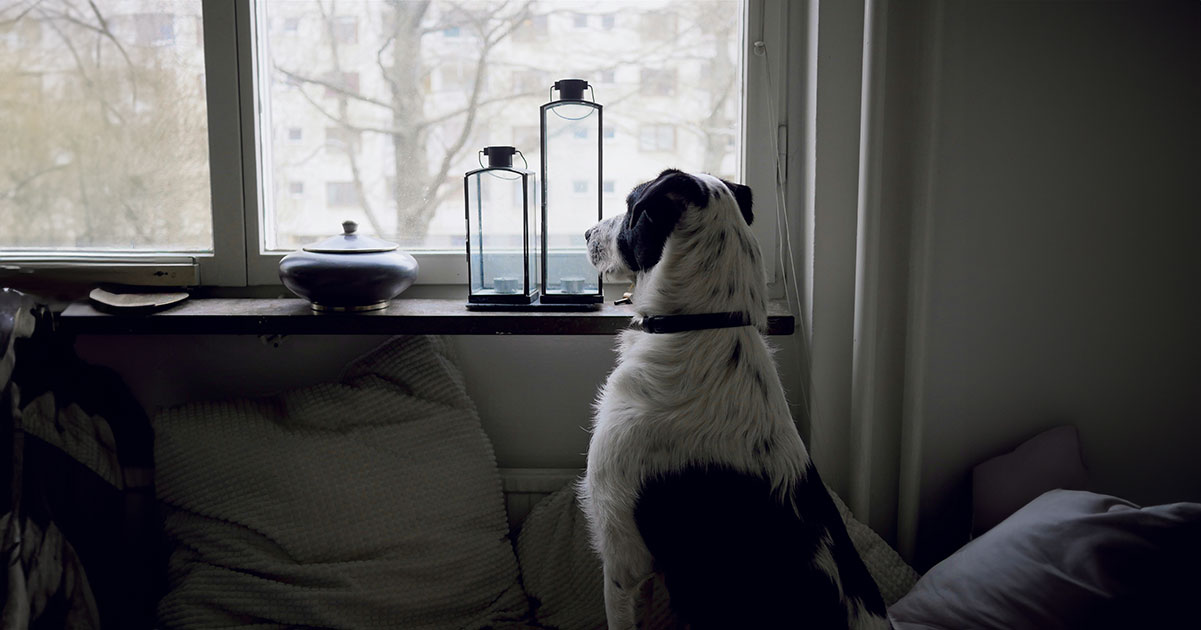KAREN PRYOR CLICKER TRAINING IS DEDICATED TO HELPING YOU TRAIN BETTER.

Drawing from decades of expertise by Karen Pryor, Ken Ramirez, and leading industry experts, our comprehensive library offers an extensive collection of clicker training resources, all available online.
Whether you're a beginner or a professional, you'll find valuable insights, proven techniques, and innovative methods to enhance your training skills and achieve better results—and relationships—with your animals.
Please note: We are in the process of migrating many of our blogs to our new website. If you are looking for a specific resource, please let us know at editor@clickertraining.com, and we'll do our best to expedite the request. Thanks for your patience!

On Being a Changemaker
So you’ve become a clicker trainer! Naturally you are very excited. You want other people around you to stop using punishment-based methods and start clicking. So you introduce

Managing Your Dog’s Separation Anxiety
Missing you Domesticated dogs naturally prefer the companionship of their humans. It’s one thing to have your dog follow you around the house amiably, however; it’s quite another

To Crate or Not To Crate?
If a dog is taught through positive reinforcement to love the crate, the crate becomes his own private and safe place, much like a bedroom for a child. The crate

What to Expect: Introducing a Puppy to Your Adult Dogs
Sibling rivalry Getting a new puppy is exciting—at least for the humans in the family. Sometimes, however, the dog of the house doesn’t think the pup is a

Fifteen Tips for Getting Started with the Clicker
Clicker training is a terrific, science-based way to communicate with your pet. You can clicker train any kind of animal, of any age. Puppies love it. Old dogs

Clicker Training For Your Horse: First Clicker Lessons
Getting Started So how do you actually begin to teach this to a horse? I start by teaching a simple trick. My intent here is to condition the secondary

The ABCs of Barking
Why all the barking? Barking happens for a reason. Sounds obvious, right? It didn’t always, according to applied ethologist Julie Hecht, writing in the spring 2013 issue of The

How to Clicker Train Your Dog to Stay in the Yard
Draw the lines yourself Would you like to train your dog to stay in your yard without resorting to electrical shock? There is a way to do it

Running with Your Dog: Wagging Tails on the Trails
Road warriors If you’re a runner (and even if you aren’t), you may have considered running with your dog. Including your dog in runs can be a great

How to Potty Train Your Puppy the Clicker Way
Potty Problems? Are you having trouble teaching your puppy (or even your adult dog) appropriate elimination behaviors? Don’t despair. There’s an excellent chance that your dog can be


